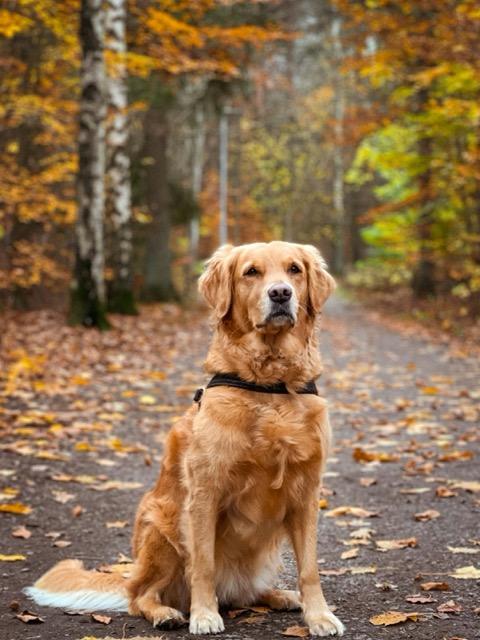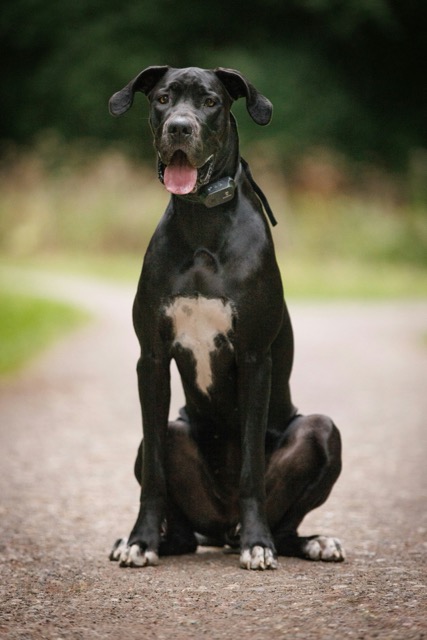What is TPLO Surgery?
TPLO (Tibial Plateau Levelling Osteotomy) is a surgical procedure used to stabilise your dog’s torn or ruptured cruciate ligament (ACL). This involves cutting and repositioning the tibia bone with metal plates and screws to eliminate the need for the damaged ligament. Healing typically takes three to four months, with rehabilitation lasting approximately 8 weeks.
Fixed Price TPLO
$2,950*

$3,200*

*For dogs with previous knee surgeries, please add there’s an additional $330.
The above cost includes:
- X-Rays of the injured leg (pre & post op)
- Intravenous fluid therapy
- General anaesthetic
- Injections
- TPLO surgery
- Medications for home
- Meniscus exam
- Elizabethan collar
- Hospitalisation (up to 2 days & 1 night)
- Fentanyl patch & suture removal
Additional prices that may apply:
- Pre-anaesthetic blood test: $185
- X-rays hips and other leg: $200
- Revisit consult with vet: $70
- 8 Weeks Follow up X-Rays: $250
- Sedation: $265
- Extra bandage: $59
- Culture and Sensitivity testing: $290
- Additional Medications
- Physio
- Charges from another Clinic
- Labortatory Tests (blood, culture etc)
- Infections of any kind
Peace of mind package (optional): $650
A few years ago we recognised that our surgical success rates were one of our great advantages and so we decided to back this up by covering outcomes on one of our most popular - the TPLO, in an inclusive package.
- Consultations with our surgeon ($70)
- X-rays 8 weeks post-surgery (~$450)
- If X-ray is required during healing (~$515)
- Additional hospitalisation if required (~ $250 to $450/day)
- Removal of implants (~$1,450)
- Meniscus tear surgery if required (~ $1,450)
Advantages of TPLO
Levelling of the tibial plateau can slow down the progression of osteoarthritis and allows early partial crucial tears to heal. The techniques do not rely on physical restraint but on the dog’s own weight bearing and muscle action. The benefits of TPLO surgery are seen far quicker than with other more traditional techniques. Often the patient will show improvements by the time sutures are removed at 14 days.
Possible Complications
Allowing your dog to over exercise, lick the wound, jump onto sofas and furniture, run up and down stairs, etc. can lead to significant complications that can involve further surgeries. Generally, the outcome following surgery for cruciate disease is excellent. 90-95% of animals will have good to excellent outcomes following a TPLO Surgery. The recognised complication rate is 15-40% of which as little as 5-10% may need further surgeries to address.
Why Choose Animal Surgery Centre?
- Dr Jas has over 21 years of experience as a vet
- Dr Jas has performed over 1400+ TPLO surgeries and 2200+ other orthopaedic knee surgeries.
- Quality care at affordable prices.
- Advanced training completed in TPLO and Osteotomy in USA
- State-of-the-art facilities for pet surgeries

What to expect on day of surgery and post-operation?
Day of Surgery
- Surgery performed in morning; pets typically discharged same evening
- Most patients discharged same evening
- If needed, overnight stay with fluids arranged based on recovery
Immediate Post-Op Care
- Surgical site covered with sterile dressing and bandaged
- Compression bandage (colored) - remove after 24 hours
- Wound patch (yellow film) - keep on as long as possible
- Elizabethan collar must be worn at all times
- Your dog may not walk on operated leg immediately - this is normal
- Use sling or towel under belly for support if needed
Pain Management at Home
- Fentanyl patch: Wrapped on foot for 5-day continuous pain relief
- Tramadol: Opioid pain relief (may cause drowsiness)
- Anti-inflammatory: Carprofen or Meloxicam
- Gabapentin: For neurological pain
- Important: Don't give medications if dog isn't eating
Home Care Essentials
- Clean wound with diluted chlorhex solution (1ml in 200ml water)
- Maintain 80% normal food portions to prevent weight gain
- Some hock swelling normal - gentle massage helps
- Keep E-collar on until advised otherwise
Recovery Timeline
Weeks 1-3: Strict Confinement
- 100% confinement - absolutely no activity to allow proper bone healing
- Short on-lead toilet breaks only
- No running, jumping, stairs, playing with other dogs, furniture jumping
- Use provided sedative (ACP) for anxious/hyperactive dogs
Weeks 4 - 8: Controlled Exercise
Gradually increase walks on lead:
- Week 4: 5 mins twice daily
- Week 5: 7 mins twice daily
- Week 6: 9 mins twice daily
- Week 7: 11 mins twice daily
- Week 8: 13 mins twice daily
Week 8: Follow-Up X-rays
- 8-week X-rays required to determine bone healing progress and if dog can return to normal activities
- If healing is normal, off-lead exercise will be permitted under supervision
- Vet assessment on X-ray day provides clear instructions for permitted activities going forward
- Key reminder follow vet instructions precisely for safe return to normal life
Further Readings:
Diet, Toileting & Wound Management
Diet, Toileting & Wound Managementpt Design
Diet Guidelines
- Continue normal diet with reduced portions
- Feed 80% of normal portion size during recovery period
- Consider weight management food to prevent joint stress
- Recommended: Hills Weight Management range for optimal recovery
Toileting Expectations
- Normal: No bowel movements for up to 4 days post-surgery
- Anesthetics and pain medications can slow digestion
- Add fiber or soft food to help restore normal habits
- Only be concerned if straining or diarrhea occurs
- Contact clinic if no bowel movement after 4 days
Wound Cleaning Protocol
- Mix solution: 1ml chlorhex in 200ml water
- Clean gently with provided gauze swabs
- Pat dry - don't rub the wound
- Daily photos: Send to clinic mobile (0427 193 835)
- Never use other cleaning products unless instructed
Bandage Management
- Compression bandage (colored): Remove after 24 hours
- Wound patch (yellow): Keep on until it loosens naturally
- Do not re-bandage once removed
- Remove immediately if wet, smelly, or slipping
Long-Term Arthritis Management
Long-Term Arthritis Management
1. Weight Management
- Maintain lean body condition throughout life
- Excess weight increases stress on joints
- Consider prescription weight management diets
2. Exercise Program (After 8-Week Clearance)
- Regular, consistent low-impact activity
- Recommended: Walking on flat ground
- Avoid:
- Running on soft sand
- Excessive running or jumping
- Overly boisterous play
3. Pain Management Options
- NSAIDs: Short-term use only (not for long-term)
- Beransa Injection: Monthly monoclonal antibody therapy
- Works with immune system
- Targets pain-causing proteins
- Excellent long-term option
4. Joint Supplements
- Omega-3 fatty acids: 200-300mg/kg/day
- Reduces inflammation naturally
- Can decrease need for medications
- Add to food or give as capsules
5. Regular Monitoring
- Annual vet check-ups for joint assessment
- Early intervention prevents progression
- Adjust management plan as needed
When to Contact Us
When to Contact Us
Emergency Situations (Contact Immediately)
🚨 Call 03 4823 0321 for:
- Not eating AND/OR vomiting for 24+ hours
- Wound opening or excessive bleeding
- Severe swelling or angry redness
- Signs of severe pain or distress
Urgent Concerns (Same Day)
Give us a call and send photos to hello@animalsurgerycentre.com.au for:
- Pus or unusual discharge from wound
- Bandage wet, smelly, or displaced
- Fentanyl patch exposed
- Excessive swelling at surgical site
- Diarrhea lasting more than 24 hours
Non-Urgent Issues
Schedule appointment for:
- No bowel movement after 4 days
- Persistent lameness after increasing walks
- Questions about medications
- Concerns about recovery progress
Photo Updates
Send to hello@animalsurgerycentre.com.au:
- After bandage removal
- Day 14 for suture check
- Any time you have concerns
- Weekly progress photos appreciated
Remember: When in doubt, always contact us. We prefer to address small concerns before they become big problems.


